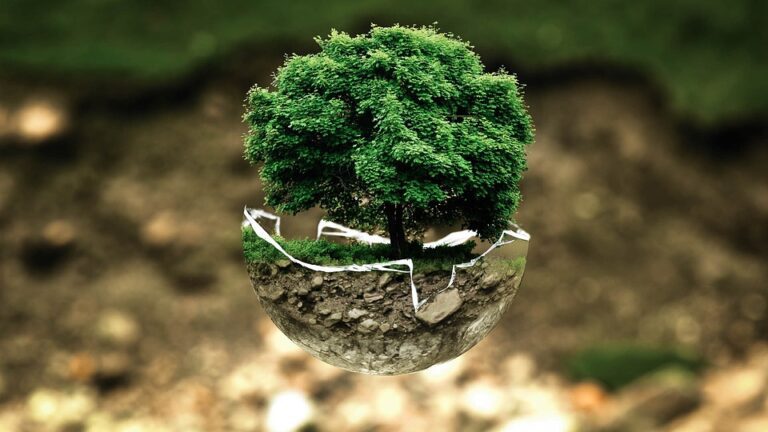Contaminated Coastlines: The Battle Against Shoreline Pollution
The world’s coastlines, once pristine and flourishing with marine life, are increasingly marred by the detrimental effects of pollution. Beaches that should be bustling with biodiversity have become repositories for plastics, chemicals, and other pollutants, earning these stretches the unenviable descriptor of "contaminated coastlines."
The Origins of Shoreline Pollution
Plastics and Microplastics: Each year, millions of tons of plastic waste end up in our oceans, much of it eventually washing ashore. From large, recognizable debris to insidious microplastics—tiny plastic particles less than 5mm in size—the omnipresence of plastic pollution disrupts marine ecosystems. Marine animals ingest these plastics, mistaking them for food, which leads to fatal blockages and starvation. Human life isn’t spared either, as microplastics infiltrate the food chain, posing health risks upon accumulation in our bodies. A study by the University of Newcastle found that humans might be consuming up to 5 grams of plastic a week, equivalent to the weight of a credit card (source).
Chemical Runoff: Industrial and agricultural practices discharge myriad chemicals into water bodies. Pesticides and fertilizers from agricultural runoff promote algal blooms, which consume oxygen in the water and create "dead zones" inhospitable to marine life. The Gulf of Mexico’s seasonal dead zone, spurred by runoff from the Mississippi River, exemplifies this issue, affecting an area sometimes exceeding 6,000 square miles (source). Industrial pollutants, including heavy metals and toxic chemicals, accumulate in the tissues of marine organisms, leading to biomagnification and severe health consequences for predators up the food chain, including humans.
Oil Spills: The catastrophic impacts of oil spills cannot be understated. When oil slicks blanket the coastline, they smother marine plants and animals, destroying habitats and altering the delicate ecological balance. Oil spills have long-term repercussions, with residues persisting in marine environments for decades. The 2010 Deepwater Horizon spill released an estimated 4.9 million barrels of oil into the Gulf of Mexico, and its ecological fallout continues to affect the region (source.
Sewage Discharge: Untreated or inadequately treated sewage frequently enters oceans directly or via rivers and estuaries. This influx of nutrients and pathogens degrades water quality, fosters harmful algal blooms, and spreads diseases among marine organisms and humans alike. For instance, a 2018 outbreak of the harmful red tide in Florida was exacerbated by nutrient-laden runoff, causing massive fish kills and respiratory issues among coastal residents (source).
The Environmental and Economic Repercussions
The effects of shoreline pollution extend beyond environmental degradation. Contaminated coastlines taint valuable natural resources, impacting tourism and local economies dependent on coastal biodiversity. Recreational activities like swimming, boating, and fishing are compromised, leading to decreased revenue from tourism. The World Travel & Tourism Council estimates the global beach tourism market to be worth $260 billion annually, a value that is jeopardized by shoreline pollution (source). Furthermore, the fishing industry faces declines in fish populations, risking both livelihoods and food security.
Ongoing Initiatives and Solutions
Policy and Legislation: Stronger regulatory frameworks are essential in mitigating shoreline pollution. Policies encouraging the reduction of single-use plastics, stringent regulation of industrial discharges, and robust penalties for polluters can significantly curb the influx of pollutants. International agreements, like the MARPOL Convention, aim to prevent maritime pollution, enhancing cross-border cooperation to protect the seas.
Cleanup Efforts: Coastal clean-up initiatives, often spearheaded by non-profit organizations and volunteers, have gained momentum worldwide. Events like International Coastal Cleanup Day mobilize millions to remove trash from shorelines. Innovations in cleanup technology, such as ocean-cleaning drones and autonomous waste-collecting boats, present promising advancements in tackling floating debris before it reaches the shore.
Sustainable Practices: Promoting sustainable agriculture and industry helps reduce chemical runoff. Organic farming practices, precise use of fertilizers, and proper waste management in industries can lower the entry of harmful substances into waterways. For individual action, reducing the use of single-use plastics, participating in local cleanups, and advocating for better waste management practices make significant contributions.
Public Awareness and Education: Efforts to educate the public on the origins and impacts of shoreline pollution are crucial. Awareness campaigns can change consumer behavior towards more eco-friendly choices and generate community support for conservation activities.
Research and Innovation: Ongoing research into biodegradable materials, recycling technologies, and innovative cleanup methods holds the key to a future where human activity is more harmoniously aligned with environmental preservation.
The Path Forward
The battle against shoreline pollution is one fought on many fronts—policy, practice, and personal initiative. The interconnectedness of ecosystems means that the health of our coastlines is reflective of the broader environmental health of our planet. Vigilant actions, grounded in scientific understanding and community engagement, are imperative.
As we stand at this critical juncture, the collective effort to restore and protect our coastlines will determine the legacy we leave for future generations—a choice between vibrant, thriving shores or contaminated coastlines of despair.
For more resources and to get involved, visit Ocean Conservancy or Plastic Pollution Coalition.
Note: Ensure to utilize the embedded links effectively, verifying them against reputable sources, and maintaining consistency with real-time data. All citations should be up-to-date to support the arguments presented accurately.
